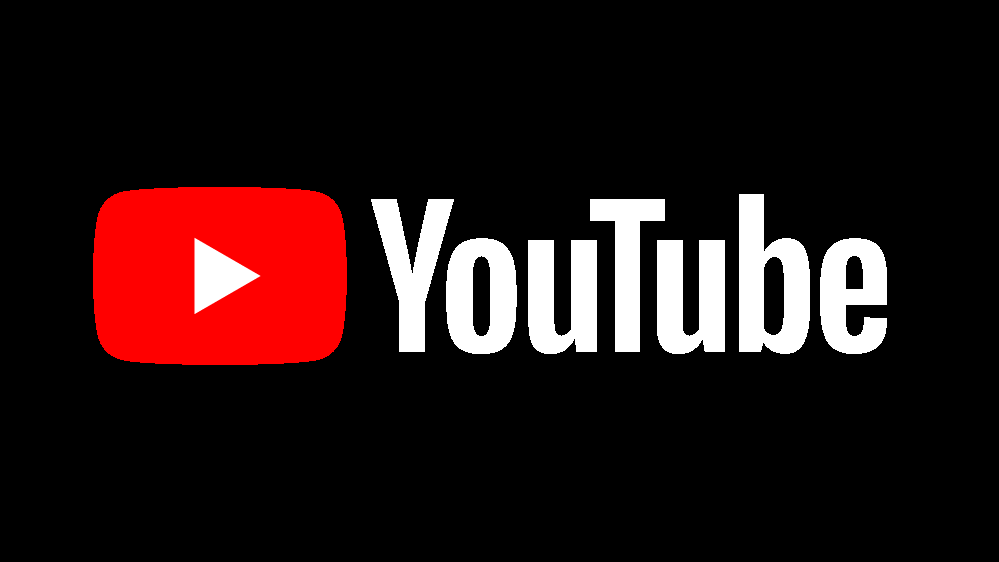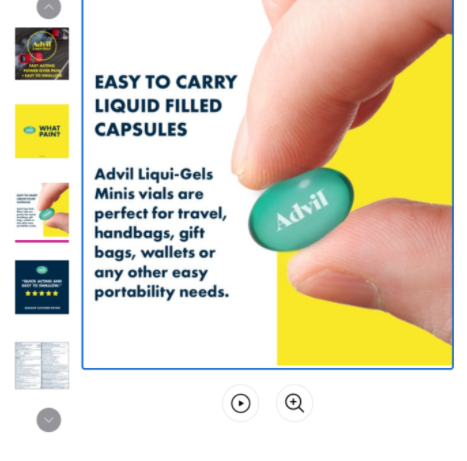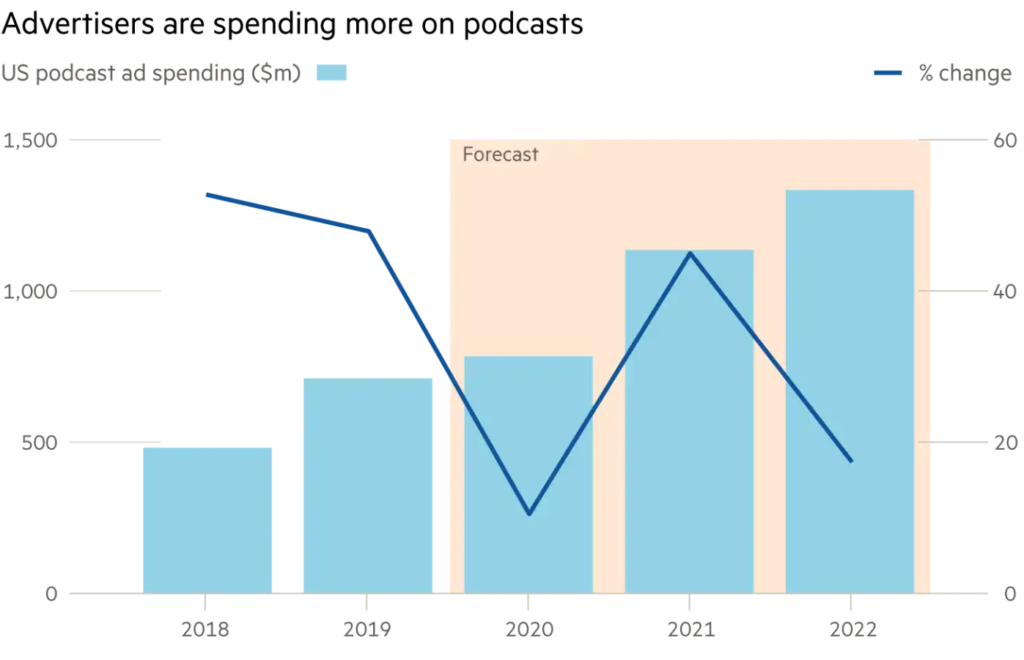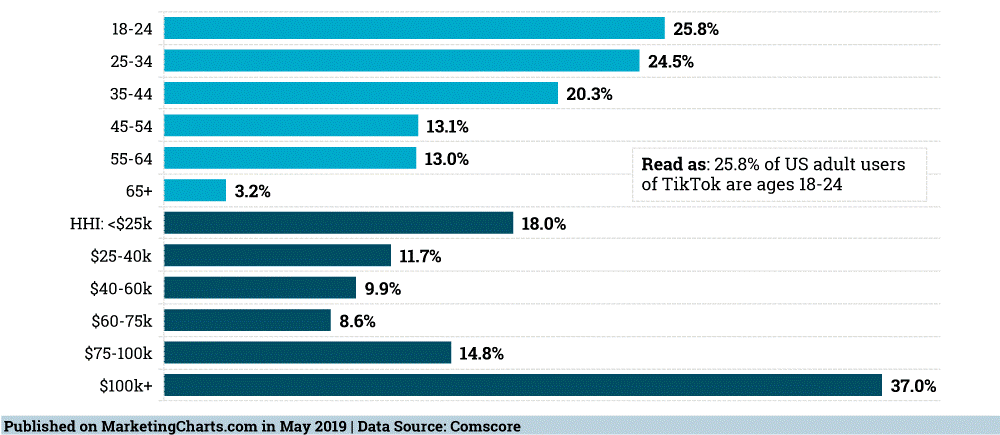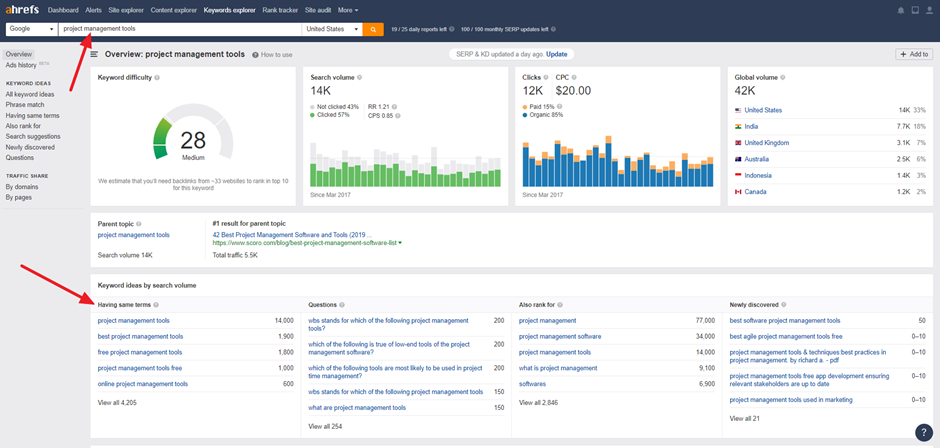YouTube is a video platform where all types of creators can demonstrate their craft. Whether it’s the latest makeup trends or the best workout videos, anything imaginable can be found using the platform.
We all know these creators make money through ads placed on their videos, and this is where the advertisers come into play. We’ll look into all things advertising on YouTube and how you can get involved with your brand.
Whether you’re posting a six-second video or a display ad, we’ll show you how YouTube advertising can be done successfully with the best practices below.
This is How YouTube Advertising Works
YouTube ads engage viewers who are expected to enjoy the products. Once your ad video goes live, all viewers who see it are given the opportunity to make a purchasing decision.
Follow these below steps set up your very own YouTube ad:
- Create Your Campaign
First, choose your campaign goal. This is determined by marketing objectives.
- Create a campaign with loose guidance
- Brand awareness
- Reach
- Brand and Product consideration
- Website traffic
- Leads
- Sales
After the following is determined, you select the campaign type. This can be found on the advertising platform.
- Explain Campaign Parameters
This entails making decisions on all of the following.
- Bid strategy
- Daily budget
- Where the ad appears–through discovery, all of YouTube, or the display network
- Audience language or location
- Select the level of “sensitivity” following the safety guidelines
- Then Target Your Audience
Creating a brand-related buyer persona is very important for the success of your campaign. Keep these three main factors in mind when targeting:
- Demographics
- Remarketing (Research targeting)
- Interests
- Make Your Campaign Live
Link your ad to your brand’s website and set it to live. You can upload multiple ads at once, and rearrange them as needed.
These Are the Types of YouTube Ads
Now that we know how YouTube advertising works, let’s examine what type of ads are available on the platform. From skippable to banner ads, you should be able to find one that fits with the campaign.
Skippable In-Stream Ads: These advertisements can play before or during the video. What really sets them apart, however, is that viewers can skip the ad after the first five seconds.
The advertiser only pays when the video has been played for a full thirty seconds. If it’s skipped after only five seconds, then the viewer wasn’t truly engaged in the targeted content.
Non-Skippable In-Stream Ads (Including Bumper Ads): 76% of users reported they automatically skip ads without a second thought. To avoid this, non-skippable ads create engagement, and reach a larger audience.
Advertisers pay per impression (CPM) which is equivalent to 1,000 views. In certain countries like India, Malaysia, Mexico, or Singapore, they will pay if the video is viewed for up to 20 seconds.
Bumper ads are six seconds long and non-skippable, used for reach and awareness.
Video Discovery Ads (Formerly Known As In-Display Ads): These appear on the YouTube homepage, the user’s related videos, and after a regular search on YouTube.
After the user clicks this ad, the destination video page will feature a spot on the right-hand column. The companion display ad will then appear.
Non-Video Ads:
If an advertiser wants to use YouTube advertisements but doesn’t have the budget, they can take advantage of the following:
- Display ads that appear on the right-hand sidebar, usually a brand-related image and text with a call-to-action link to an official website.
- In-video overlay ads appear floating on top of video content from monetized YouTube channels.
Best YouTube Ad Practices
When creating a YouTube ad campaign, make sure to include the following ideas for success and engagement.
- Hook people immediately with a strong mood or emotion
- Create awareness for the brand early and meaningfully
- Connect with your viewers through a story and emotion
- Give viewers next steps with a CTA
- Utilize templates to organize the initial setup of the video
Our Final Thoughts
Have you used YouTube for advertisements or are you considering it for future use? YouTube is a platform that gives you the opportunity to connect with a wide range of consumers. There are a variety of advertisements that can be used for varied campaigns.
Let us know how you plan to use YouTube for future use. If it isn’t for advertisements, then it could potentially be used for your own channel. There are many possibilities for you to measure.

